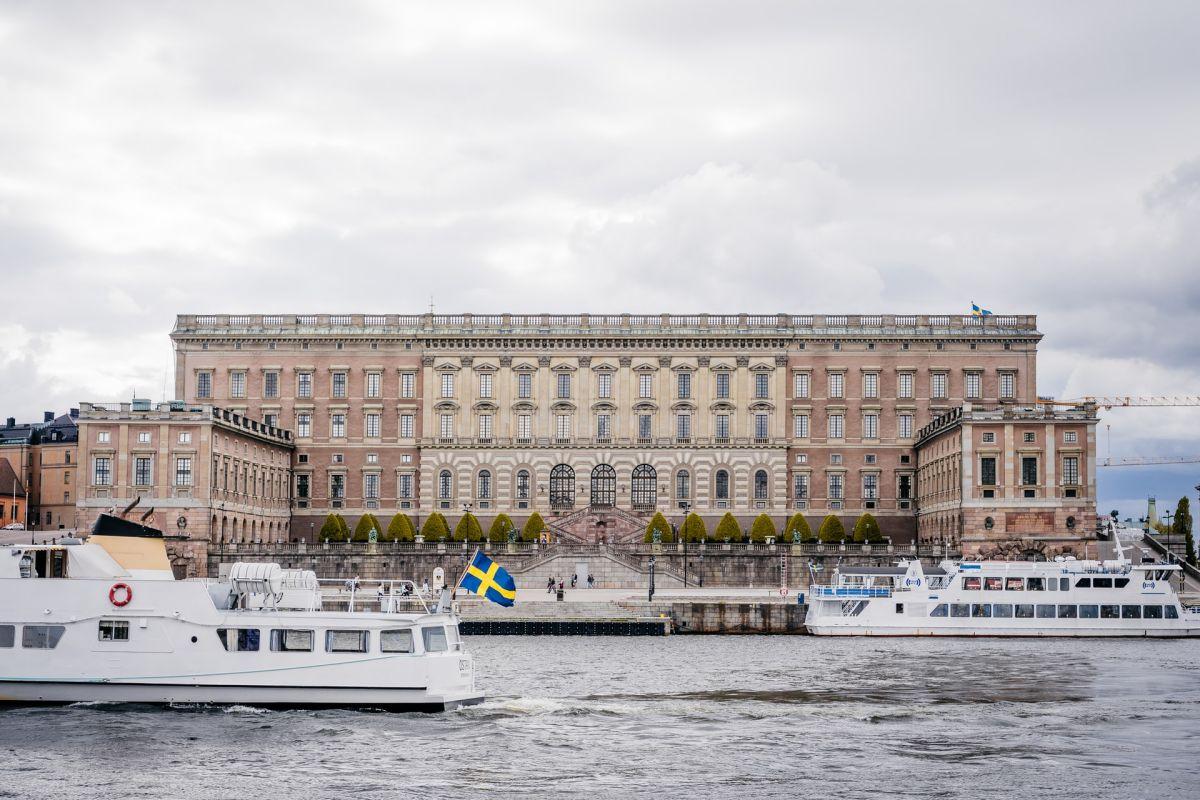20 Netherlands Education Facts (all about schooling in The Netherlands)
Did you know that the Dutch were the best non-native English speakers in the world? Or that a regular school day in the Netherlands ends at 3 PM?
Discover more thanks to these 20 interesting facts about schooling in the Netherlands! 🇳🇱 🎓
The Best Facts About School in The Netherlands
The Netherlands is a small lowland country. It is located in western Europe, and it also has territories in the Caribbean. Its capital city is Amsterdam, which has a bit more than 872,000 inhabitants.
An interesting part of the country that I wanted to tackle is its education. In light of that, I have listed my 20 best facts about the Netherlands education system, and I hope you will love them:
1. There are bilingual primary schools in the Netherlands
Because of how important the English language is nowadays, the Dutch government has decided to try using bilingual primary schools.
Even though most primary schools still teach in Dutch, these bilingual primary schools teach in English for about 30 percent to 50 percent of the day, starting at age 4.
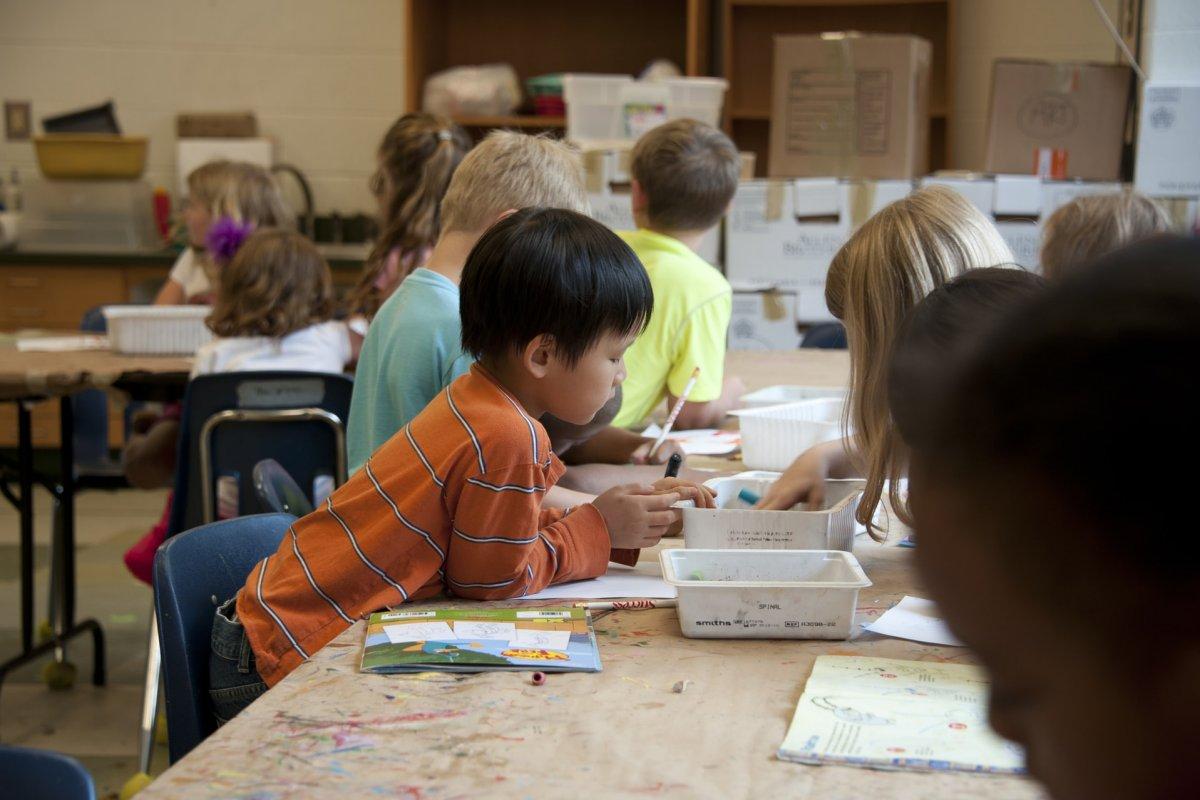
2. It can be tedious to relocate to the Netherlands
If you have a family, and you want to live in the Netherlands, think about education.
While it should be easy for young children, older children who have never spoken Dutch in their lives might have trouble. And even if you choose bilingual primary and secondary schools, Dutch is spoken around 50 percent of the day!
3. There are options for foreign students in the Netherlands
Nevertheless, if you do not plan on staying for very long in the Netherlands, or if you chose to teach English only to your children, there are still international schools that exclusively teach in English.
Another option is choosing some bilingual schools which offer special programs for non-Dutch speakers.
4. There are 3 types of secondary education institutes in the Netherlands
Primary education in the Netherlands lasts 8 years, for children aged 4 to 12.
After that comes secondary education, the equivalent of high school in the Netherlands. Depending on their results as well as the advice from the school, they need to choose between one of the following paths: “voorbereidend middelbaar beroepsonderwijs”, “hoger algemeen voortgezet onderwijs” or “voorbereidend wetenschappelijk onderwijs”.
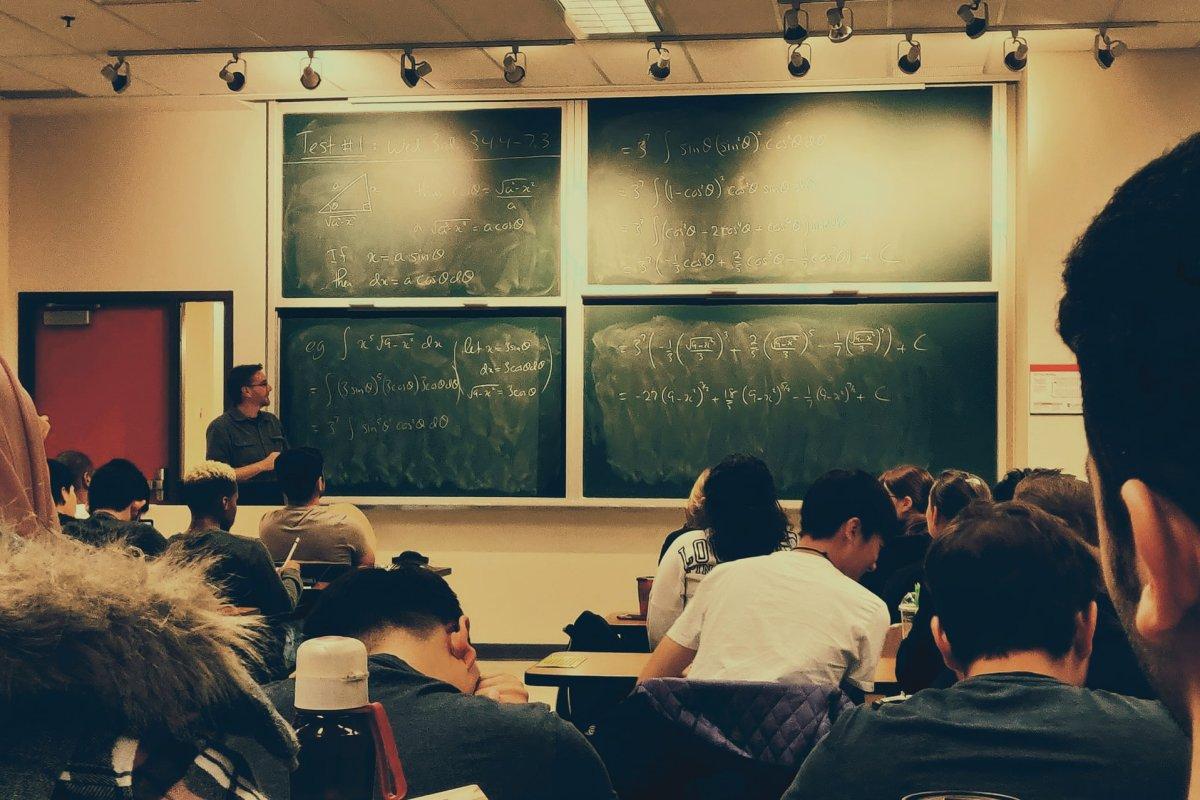
5. The first secondary education institute in the Netherlands is VMBO
“Voorbereidend middelbaar beroepsonderwijs”, often called VMBO, is the first possibility when it comes to secondary education in the Netherlands.
It is pre-vocational secondary education, and it lasts 4 years. It combines both theoretical and academic training. 60 percent of Dutch students choose VMBO.
6. There are four levels in VMBO
Depending on their score, students will be assigned to one of the four education levels in VMBO.
Their acronyms are VMBO-TL (theoretical learning path), VMBO-GL (mixed learning path), VMBO-KBL (middle management-oriented learning path), and VMBO-BBL (baic profession-oriented learning path). There is also full-time practical education for children who would not obtain a VMBO-diploma otherwise.
7. The second secondary education institute in the Netherlands is HAVO
“Hoger algemeen voortgezet onderwijs”, often called HAVO, is the second possibility when it comes to secondary education in the Netherlands.
It is higher general continuing education, and it lasts 5 years. After graduating from HAVO, students can access the HBO level (polytechnic) of tertiary education.

8. HAVO is divided into two phases: general and specialized education
The first three years of HAVO are very general, and are the same for everyone: languages, history, sciences, mathematics, and arts are taught.
Then come the last two years, where students need to choose one of four profiles: culture and society, economy and society, nature and health, or nature and technology.
9. The third secondary education institute in the Netherlands is VWO
“Voorbereidend wetenschappelijk onderwijs”, often called VWO, is the third possibility when it comes to secondary education in the Netherlands.
It is preparatory scientific education, and it lasts 6 years. With a VWO diploma, students can access WO training in universities (though not all of them have the same admission criteria).
10. There are two possibilities in VWO: “atheneum” and “gymnasium”
Atheneum and gymnasium programs are the two possible paths in VWO. The gymnasium program is similar to the other one but adds Latin and Greek as compulsory courses.
Depending on schools, these ancient languages might be taught in the first or the second year, usually starting with Latin.
11. Dutch students do not have many homework to do
In the Netherlands, students can enjoy their free time: there is not that much homework.
They follow what research has shown: play and exercise are vital to children’s school performance. Because of this, Dutch children aged under 10 will receive little to no homework every day, so they can have time for daily exercise. This may be one of the reasons why Netherlands has one of the best education systems in the world!
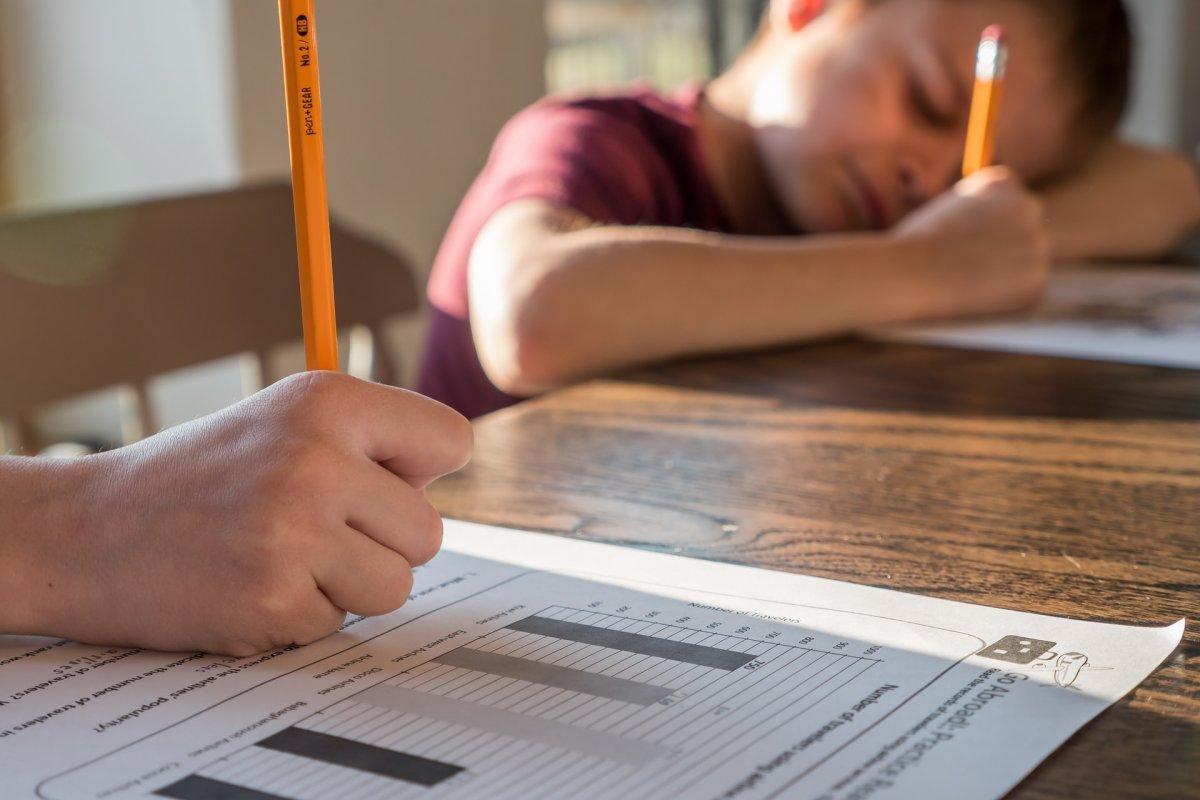
12. Dutch students usually eat at home instead of at the school cafeteria
While school days last from around 8:30 AM to 3 PM in the Netherlands, students go home for lunch instead of eating at a school cafeteria.
Also, Wednesdays are even more dedicated to out-of-school activities, since schools dismiss students at around noon.
13. Learning a second language is very important in Dutch education
While not many countries put that much emphasis on it, learning a second language is primordial in the Netherlands.
As you know, there are bilingual schools, but generally, all Dutch students learn English, starting very early. There are even schools that require a third language.
14. Education in the Netherlands is affordable compared to Dutch people’s income
Education in the Netherlands is compulsory and free until the age of 16. After that, parents need to pay annual tuition fees for their children’s higher education.
The average cost of said tuition fees is around $2,000 per year, and low-income families can also apply for grants.

15. There are 152 international schools in the Netherlands
English is very important for Dutch people, and this is why so many of them speak it. As a matter of fact, Dutch people are the most proficient English speakers in the world!
To make this possible, they added English very early in their curriculum, but there are also more than 150 international schools in the country that mostly (or only) teach in English.
16. Every child in the Netherlands has access to the regular school in their neighborhood
Education in the Netherlands is very inclusive: even children who require very specific additional support are welcome and will be able to attend regular school, which is responsible for providing a suitable place for these children to learn.
If the support is too intensive, there are also special needs schools.
17. Homeschooling is generally not allowed in the Netherlands
Generally speaking, homeschooling is forbidden in the Netherlands.
Nevertheless, exceptions can be made for families with no school satisfying their religion or life conviction needs in the vicinity. When a child joins this system, it will be very hard for him to go back to regular school though.
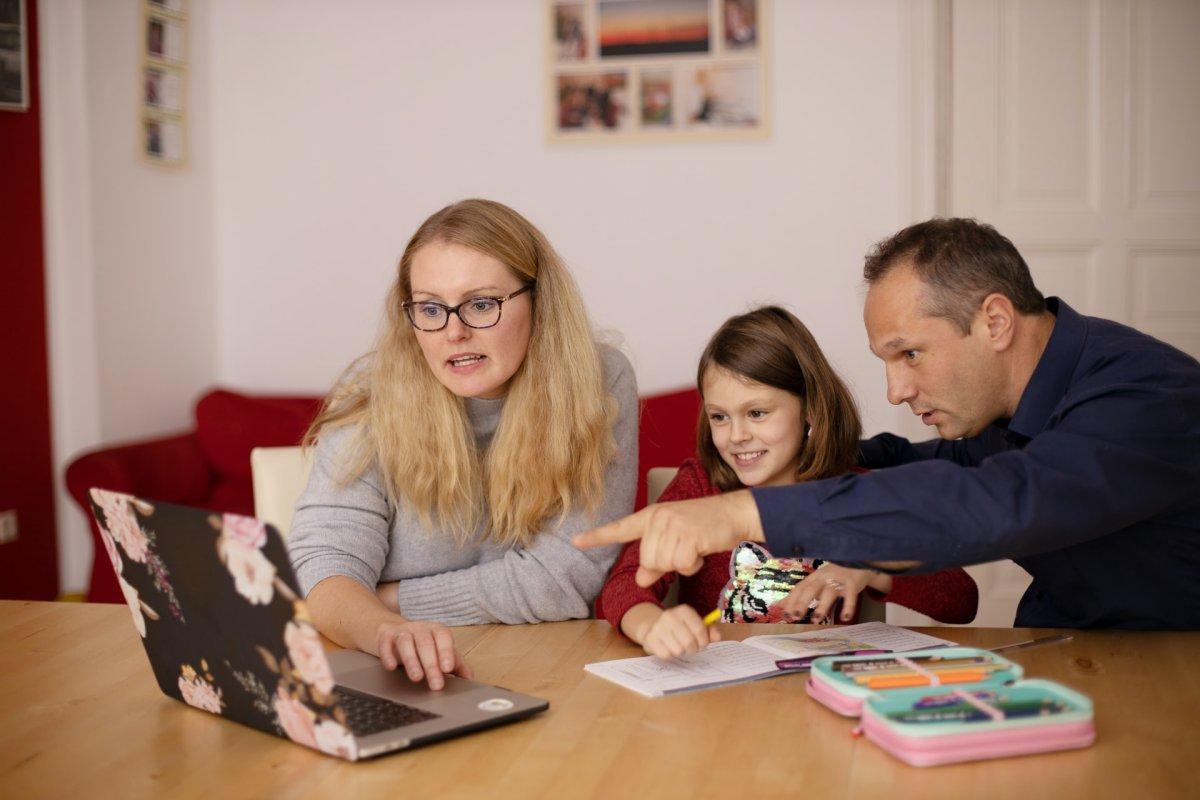
18. There are two types of higher education institutes in the Netherlands
Higher education is divided into two parts in the Netherlands: research-oriented education (WO) and higher professional education (HBO).
The first one is typically offered by research universities, while the second one takes place in universities of applied sciences. They both lead to Bachelor’s or Master’s degrees, but in WO students can also pursue a PhD degree.
19. The Netherlands use a credit system for their education
In order for education to be on equal footing in Europe, many countries use the European Credit Transfer and Accumulation System, better known as ECTS. This enables anyone to move to another country, or temporarily study abroad.
These credits represent 28 hours of study each, and a year is worth 60 credits.
20. There are examinations as early as primary school in the Netherlands
At the end of primary school, children need to pass their first examination. Each school decides which of the government-approved tests they choose, but all students in one school take the same type of test.
There is also an examination at the end of secondary education.
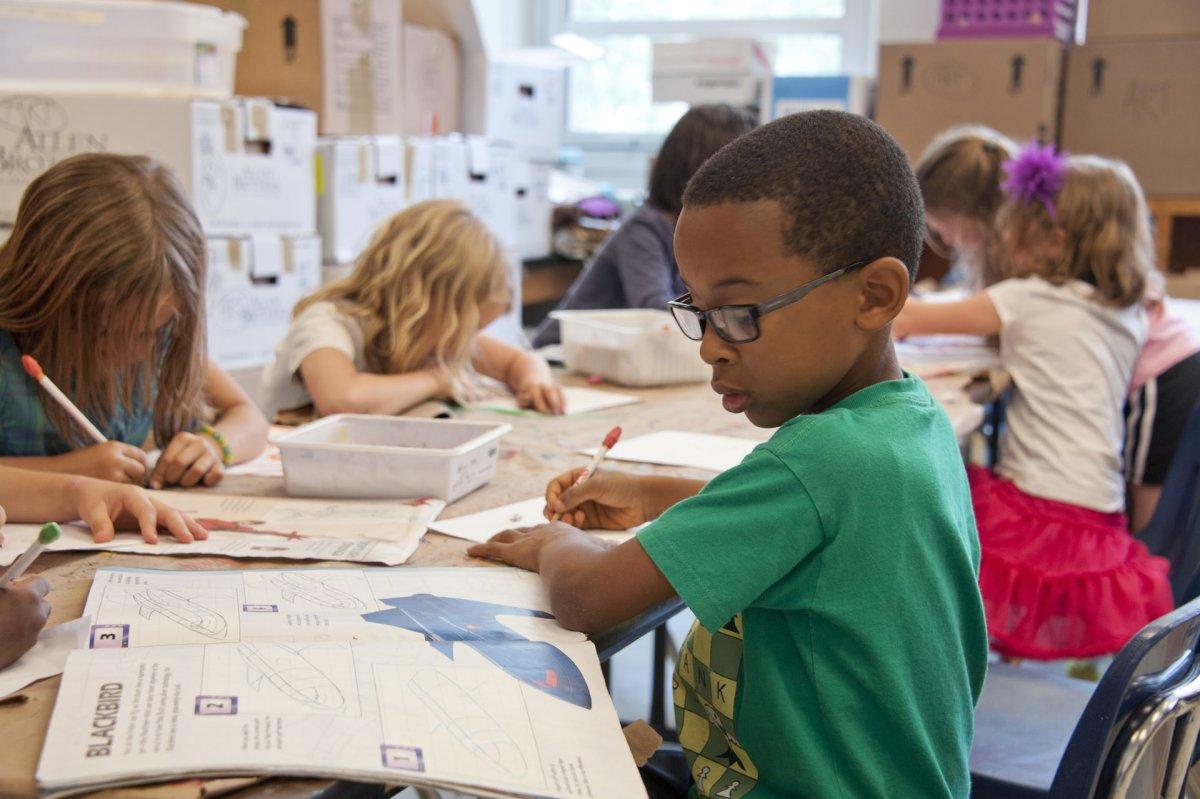
So there you have them, these were all my 20 interesting facts about the Netherlands school system. I hope you enjoyed them and that you learned something new today.
In case you want to learn more about the rest of the country, feel free to keep reading, as I still have lots of things to tell you about:
Dutch School Hours
Let’s keep going with our next part, dedicated to Dutch school hours. The typical school schedule in one country can often be very different from your own, and it’s always interesting to have more details on how students go on about their day.
The Netherlands Primary School Schedule
Mandatory education in the Netherlands starts with primary school, for children aged 5 (though some schools accept 4-year-old kids).
Between the ages of 4 and 12, Dutch children attend primary school. The first 2 years are dedicated to basic skills, before shifting to a more academic path starting in group 3 (primary education ranges from group 1 to group 8, similar to grades).
At the end of group 8, almost every school administers the “Cito test”, an aptitude test. It is not mandatory though.
Usually, school starts between 8:30 AM and 8:45 AM before ending between 3 PM and 3:15 PM. The school year typically runs from August or September to June or July.
Dutch High School Schedule
After primary school comes secondary education in the Netherlands.
Dutch children immediately enter high school at the age of 12: depending on their Cito results and the advice of the school, they will choose one of the three possible tracks (“pre-vocational secondary education”, “higher general continued education” or “preparatory scientific education”).
High school lasts 6 years.
General Facts About Schooling in The Netherlands
This last part is dedicated to general facts about the Dutch education system. More specifically, we’ll check 2 key figures that will give you a better understanding of the Netherlands education level.
Enrollment in tertiary education for The Netherlands: 78.5%
(Average for regions: Sub-Saharan Africa: 8.6% | South Asia: 20.8% | Arab States: 36.4% | East Asia: 36.5% | Latin America: 43.3% | Europe and Central Asia: 62% | North America: 84%)
Data from World Bank EdStats/UNESCO
The Netherlands literacy rate: 99%
(Average for regions: Sub-Saharan Africa: 65.3% | South Asia: 72.9% | Arab States: 79.4% | Latin America: 93.7% | East Asia: 95.8% | Europe and Central Asia: 98.5%)
Data from World Bank EdStats/UNESCO
More Education Facts!
Do you want even more education facts about other countries?
Check out these facts:
Or click here to see ALL the education facts up on the blog!
The Full List of 20 Dutch School Facts
- There are bilingual primary schools in the Netherlands
- It can be tedious to relocate to the Netherlands
- There are options for foreign students in the Netherlands
- There are 3 types of secondary education institutes in the Netherlands
- The first secondary education institute in the Netherlands is VMBO
- There are four levels in VMBO
- The second secondary education institute in the Netherlands is HAVO
- HAVO is divided into two phases: general and specialized education
- The third secondary education institute in the Netherlands is VWO
- There are two possibilities in VWO: “atheneum” and “gymnasium”
- Dutch students do not have many homework to do
- Dutch students usually eat at home instead of at the school cafeteria
- Learning a second language is very important in Dutch education
- Education in the Netherlands is affordable compared to Dutch people’s income
- There are 152 international schools in the Netherlands
- Every child in the Netherlands has access to the regular school in their neighborhood
- Homeschooling is generally not allowed in the Netherlands
- There are two types of higher education institutes in the Netherlands
- The Netherlands use a credit system for their education
- There are examinations as early as primary school in the Netherlands
Share the knowledge! Click on the buttons below to share these Dutch school facts with your friends, and help them learn more about the world 🙂



